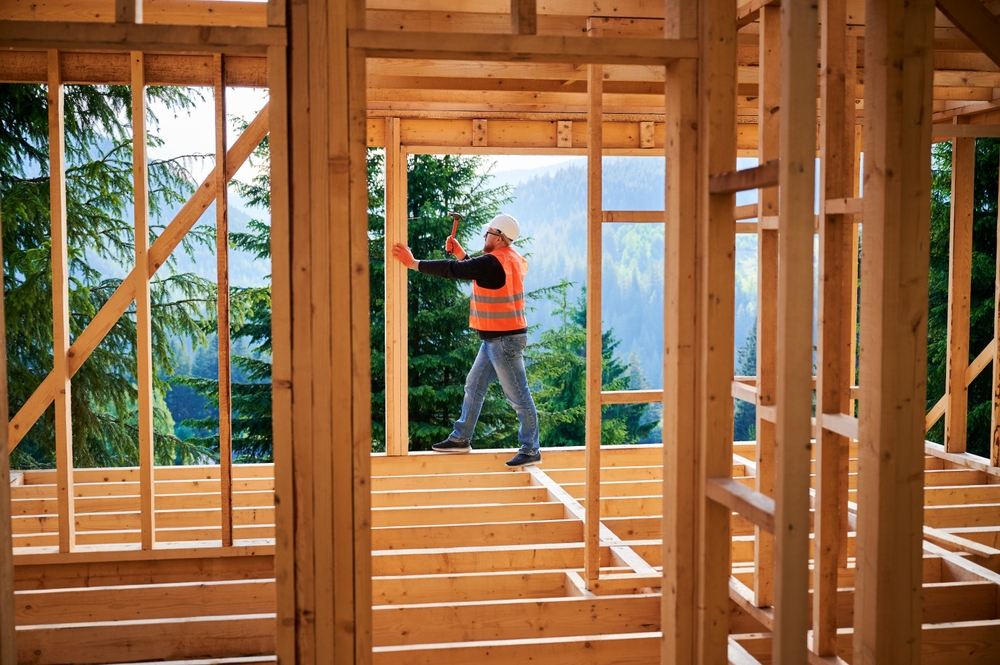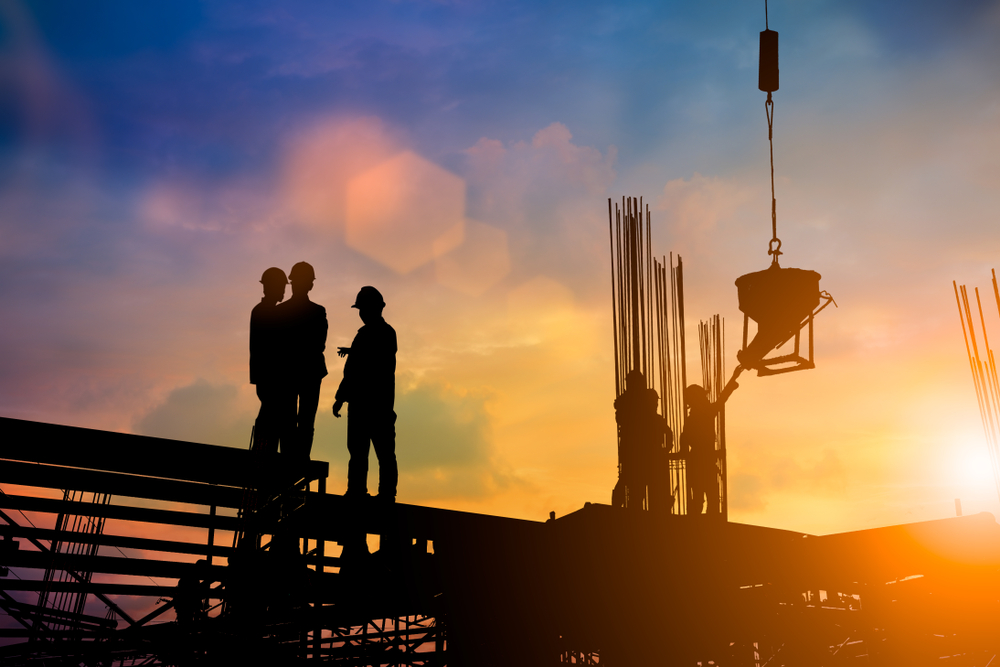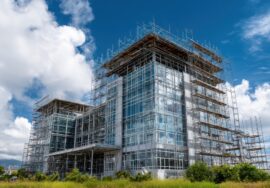Climate-Resilient Architecture: Building for a Sustainable Future
Climate-Resilient Architecture: Building for a Sustainable Future
Introduction
In an era of increasing climate change and extreme weather conditions, climate-resilient architecture has emerged as a crucial approach to sustainable construction. This innovative building strategy ensures that structures can withstand environmental challenges while reducing their carbon footprint. By integrating adaptive designs and sustainable materials, climate-resilient architecture provides long-term solutions for both urban and rural landscapes.
What is Climate-Resilient Architecture?
Climate-resilient architecture refers to the design and construction of buildings that can endure environmental hazards such as floods, hurricanes, heatwaves, and droughts. These buildings incorporate innovative materials, energy-efficient systems, and smart technology to enhance their adaptability and sustainability.
Key Features of Climate-Resilient Architecture
1. Sustainable Building Materials
Using eco-friendly materials like bamboo, recycled steel, and locally sourced timber helps reduce the carbon footprint of construction. These materials are not only durable but also contribute to the overall sustainability of the structure.
2. Energy-Efficient Design
Buildings that integrate passive solar design, natural ventilation, and insulation significantly reduce energy consumption. Solar panels, green roofs, and energy-efficient HVAC systems contribute to the sustainability of the building.
3. Water Management Systems
Incorporating rainwater harvesting, greywater recycling, and permeable pavements ensures better water conservation. Smart irrigation systems and flood-resistant designs also enhance resilience against water-related challenges.
4. Disaster-Resistant Construction
Resilient structures are built with earthquake-resistant foundations, stormproof windows, and reinforced walls to withstand extreme weather conditions. Floating homes and elevated buildings are becoming popular solutions in flood-prone areas.
5. Smart Technology Integration
IoT-based climate monitoring, automated shading systems, and energy-efficient sensors help optimize energy use and improve indoor air quality. These technologies ensure buildings remain adaptable to changing environmental conditions.
Benefits of Climate-Resilient Architecture
1. Environmental Sustainability
By reducing reliance on fossil fuels and minimizing waste, climate-resilient buildings contribute to a greener planet.
2. Cost-Effectiveness
Although the initial investment may be higher, the long-term savings on energy and maintenance make these buildings economically viable.
3. Enhanced Safety
Structures designed to withstand natural disasters provide better safety for occupants, reducing the risk of damage and loss.
4. Increased Property Value
Sustainable and resilient buildings are in high demand, leading to increased property value and better marketability.
Examples of Climate-Resilient Architecture in India
- Indira Paryavaran Bhavan (New Delhi) – India’s first net-zero energy building, featuring solar panels, efficient cooling systems, and sustainable materials.
- The ITC Green Centre (Gurgaon) – A LEED Platinum-certified building incorporating rainwater harvesting and energy-efficient systems.
The Future of Climate-Resilient Architecture
As global temperatures continue to rise, the need for climate-resilient architecture will only increase. Governments and urban planners must adopt policies promoting sustainable building practices to mitigate climate risks and create a safer future.
Conclusion
Climate-resilient architecture is no longer an option but a necessity in the face of environmental challenges. By adopting sustainable materials, smart technology, and disaster-resistant designs, we can create buildings that not only protect inhabitants but also contribute to a more sustainable world.
For expert guidance on climate-resilient architecture, visit our contact page.
Construction Industry in India
- One of India’s largest construction and engineering companies, Campus Construction Cost Optimization provides services including project management, cost control, and engineering consultancy. For detailed information on their offerings, visit. Construction Industry in India
Read more related articles to enhance your knowledge and make informed decisions
10 Essential Steps in the Building Construction Process
How to Choose the Right Materials for Your Construction Project










